50 Employee Recognition Ideas That Boost Engagement
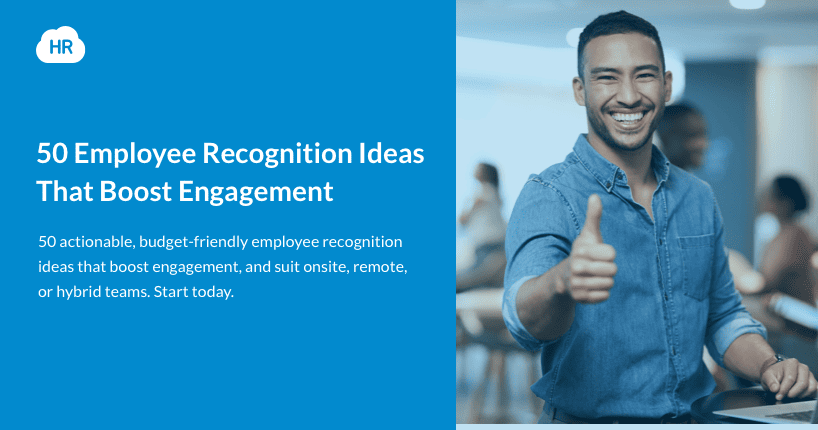
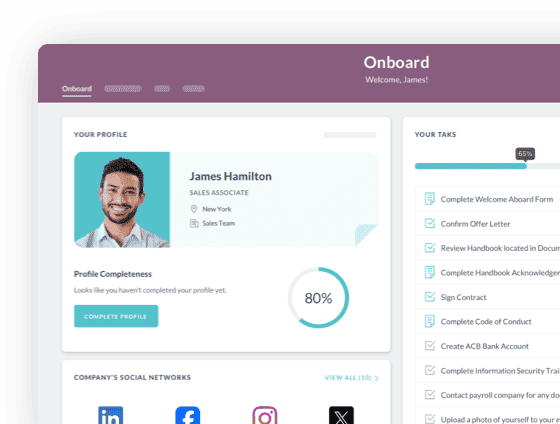
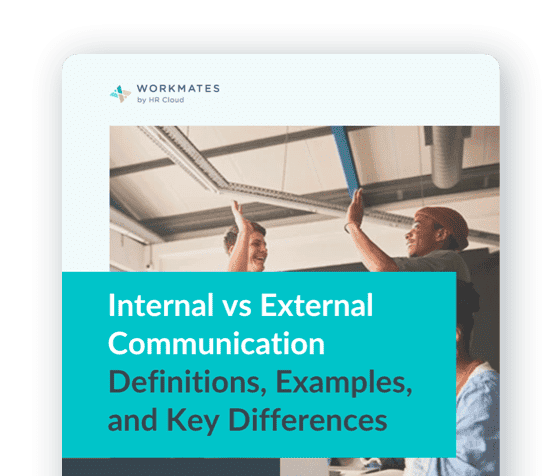
 Cut onboarding time
by 60%—here's the
Ultimate Checklist
that helped do it.
Cut onboarding time
by 60%—here's the
Ultimate Checklist
that helped do it.
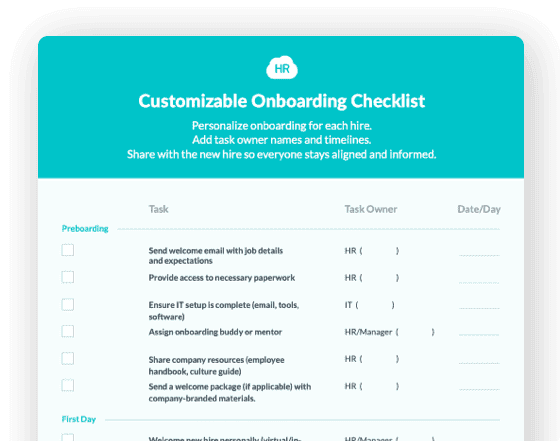
A resignation story recently went viral on LinkedIn. With over 28,000 reactions, it is a story that should make every manager uncomfortable.
According to the viral post, the leadership took note of the employee only after he resigned. First the manager, then the GM, then HR. Everyone had the same question — “Why do you want to leave?” And surprise! each time they offered to fix benefits or salary.
The employee’s response remained clear: “It’s not about salary.”
His final words would hit home for many:
If I really am important and my work is appreciated, why did no one think about satisfying me or improving my situation unless I decided to leave?"
Disengagement Is Happening Right Now
This story has gone viral because it's something happening in your company right now. Your best employees are sitting at their desks, feeling invisible, wondering if anyone actually notices their contributions. They're not leaving because of salary; they're leaving because they feel like their work doesn't matter.
They don’t feel seen or valued.
The question is, what are you doing about it? Or rather, what can you do about it?
My takeaway from this story is that recognition should begin while employees are with you, not when they're walking out the door.
Unfortunately, companies often wait until an employee gives notice before they prioritize appreciation. By then, it’s too late.
Employee recognition should not be a reaction but a proactive culture-building exercise.
The good news is that you don't need a massive budget or a complete culture overhaul to start with employee recognition.
All you need is intent and a strategic approach to start building a consistent practice that fuels motivation, loyalty, and sustainable performance.
In this article, you’ll find 50 employee recognition ideas designed to boost engagement right now. Each idea is actionable, doable, inclusive, and customizable for onsite, remote, or hybrid environments.
How to Use This List
Like a well-planned meal (think appetizers, main courses, and dessert), your employee recognition strategy should follow a tiered approach:
- Daily Recognition keeps energy high and momentum flowing. These are your quick wins that cost nothing but create immediate impact.
- Monthly Recognition builds deeper connections and shows consistent appreciation. This is where you start investing more time and resources.
- Formal Milestones create lasting memories and demonstrate long-term commitment to your people.
As you work through the list that follows, pay attention to the audience signals.
Some ideas work best when they come from managers (authority and development opportunities), while others shine in peer-to-peer settings (authentic appreciation from colleagues).
Budget-neutral options require only your time and attention, while investment-based recognition involves financial commitment but delivers proportional impact.
Let’s dive in.
Quick Recognition (Ideas 1–10)
-
Verbal Praise in Meetings:
- Start your team meetings by highlighting specific wins from the previous week. Not generic "good job" comments, but detailed recognition like "Sarah's client presentation last Tuesday directly led to the renewal. Her preparation was so obvious."
-
Personalized Slack Shout-outs:
- Create a dedicated recognition channel where achievements get celebrated in real-time. Tag the person and be specific about their contribution.
-
Handwritten Thank-You Notes:
- In our digital world, a handwritten note on someone's desk carries unexpected weight. It's personal, thoughtful, and impossible to ignore.
-
E-cards for Remote Teams:
- Digital doesn't have to mean impersonal. Send customized e-cards that acknowledge specific achievements and reflect your company culture.
-
Instant Award Cards:
- Print simple "thank you" tokens that managers can sign and hand out immediately when they witness great work. The timing matters more than the card itself. And signature adds that personal touch.
-
"Caught-in-the-Act" Recognition:
- Set up internal channels where anyone can submit recognition for colleagues they've witnessed going above and beyond. Peer-to-peer recognition goes a long way in employees feeling valued.
-
Email Kudos with Leadership CC:
- When you send recognition emails, copy relevant leadership. It amplifies the recognition and ensures visibility at multiple levels.
-
Quick Video Messages:
- Record 30-second video messages acknowledging specific contributions. The personal touch makes standard recognition feel special.
-
Public Praise in Communication Tools:
- Use your company's communication platform to highlight achievements where everyone can see and celebrate together.
-
Recognition During Daily Standups:
- Incorporate a "wins and shout-outs" section into your daily meetings to maintain consistent appreciation rhythm.
-
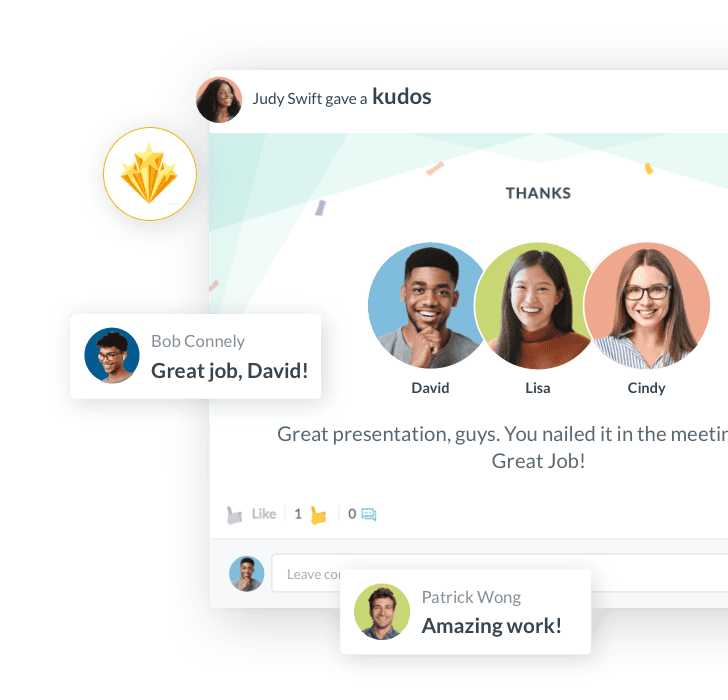
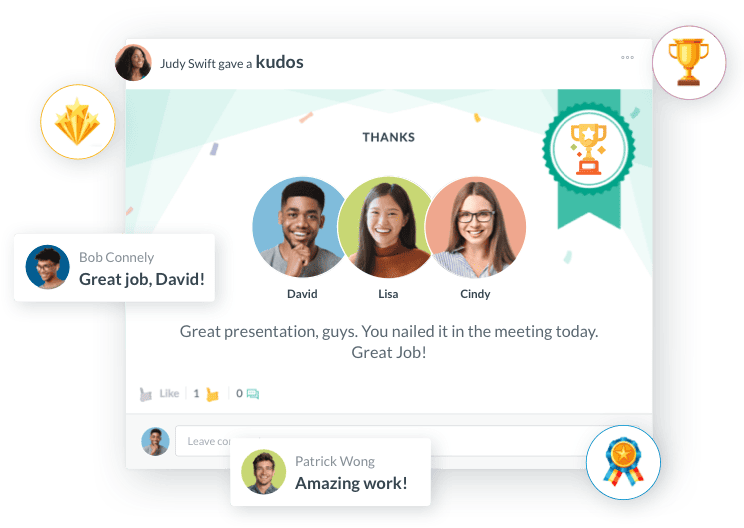
Peer-to-Peer Employee Recognition Ideas (11–20)
-
Peer Nomination Badges:
- Create a system where colleagues can nominate each other for digital badges representing different strengths and achievements.
-
Social Media Acknowledgments:
- Develop internal social media-style recognition where teams can post and celebrate each other's wins.
-
"Pay-it-Forward" Recognition Chains:
- Start recognition chains where appreciated employees pass recognition to colleagues who've helped them succeed.
-
Recognition Walls or Boards:
- Whether physical or digital, create spaces where team members can post appreciation for their colleagues.
-
Virtual Cheers for Remote Teams:
- Use video calls for spontaneous celebration moments when team members achieve significant milestones.
-
Peer Recognition Points:
- Implement point systems where employees can award points to colleagues, redeemable for small perks or experiences.
-
"Teammate of the Week" Nominations:
- Let employees nominate colleagues for weekly recognition, rotating spotlight opportunities across the team.
-
Cross-Department Appreciation:
- Encourage recognition between different departments to break down silos and build company-wide appreciation.
-
Anonymous Appreciation Notes:
- Sometimes the most meaningful recognition comes from anonymous colleagues who just want to acknowledge great work. Encourage anonymous appreciation because not everyone is comfortable being in the limelight.
-
Recognition Partnerships:
- Pair employees from different teams to regularly recognize each other's contributions and build cross-functional relationships.

Manager-Led Employee Recognition Ideas (21–30)
A Gallup survey has revealed that manger-led recognition is the most memorable one for employees. Here are a few ideas to get you rolling.
-
One-on-One Spotlight Lunches:
- Take high-performing employees to lunch specifically to discuss their achievements and future growth opportunities.
-
Employee-of-the-Month with Meaningful Perks:
- Evolve traditional programs by offering substantive rewards like preferred parking, work-from-home days, or professional development funds.
-
Public Praise in All-Hands Meetings:
- Use company-wide meetings to celebrate individual and team achievements, giving employees visibility across the organization.
-
Shadow Shifts with Leadership:
- Offer top performers opportunities to shadow executives, providing career development alongside recognition.
-
Career-Development Recognition:
- Acknowledge achievements by providing access to training, conferences, or mentorship programs.
-
Personalized Achievement Announcements:
- Craft detailed announcements that highlight not just what someone achieved, but how they achieved it.
-
Recognition with Growth Opportunities:
- Pair acknowledgment with concrete next steps for professional development and increased responsibilities.
-
Manager's Personal Endorsement:
- Provide written endorsements for employees' LinkedIn profiles or professional portfolios.
-
Skip-Level Recognition:
- Have senior leaders personally recognize employees several levels below them, creating powerful career moments.
-
Achievement Documentation:
- Keep detailed records of employee achievements to reference during performance reviews and promotion discussions.
%20(1).png?width=748&height=748&name=Green%20and%20White%20Infographic%20Leadership%20Skills%20LinkedIn%20Post%20(2)%20(1).png)
-
Team-Based Events (31–40)
-
Themed Office Days:
- Organize fun themes like pajama day, decade dress-up, or cultural celebration days that build team spirit.
-
Office Olympics:
- Create friendly competition with games and challenges that highlight different skills and personalities.
-
Outdoor Team-Building Experiences:
- Plan activities like hiking, sports tournaments, or outdoor volunteer projects that strengthen team bonds.
-
Virtual Happy Hours for Remote Teams:
- Host regular online social events where remote team members can connect informally and celebrate together.
-
Holiday and Milestone Celebrations:
- Recognize company anniversaries, project completions, and personal milestones with team-wide celebrations.
-
"Lunch and Learn" Recognition:
- Combine team meals with opportunities for high-performers to share knowledge and receive acknowledgment.
-
Team Achievement Ceremonies:
- Hold formal recognition events when teams complete major projects or reach significant goals.
-
Collaborative Success Stories:
- Document and share stories of team achievements, highlighting individual contributions within group success.
-
Department Appreciation Events:
- Host events where different departments recognize each other's contributions to shared goals.
-
Milestone Marking Activities:
- Create special activities to commemorate important company or team milestones, involving everyone in celebration.

Formal Awards & Milestones (41–45)
-
Annual Awards Ceremony:
- Host comprehensive recognition events that celebrate various achievement categories throughout the year.
-
Service Milestone Recognition:
- Acknowledge work anniversaries (5, 10, 15 years) with meaningful gifts, additional time off, or special experiences.
-
Project Completion Rewards:
- Provide substantial recognition when teams complete major projects, acknowledging both effort and results.
-
Performance-Based Bonuses:
- Link financial rewards directly to exceptional performance, making recognition both meaningful and tangible.
-
Legacy Recognition Programs:
- Create awards that become part of company tradition, with previous winners involved in selection processes.

Meaningful Perks & Gifts (46–50)
-
Experience Vouchers:
- Offer choices like concert tickets, spa days, or adventure experiences that create lasting memories.
-
Technology Upgrades:
- Provide better equipment, software, or tools that improve both work experience and personal productivity.
Wellness Reimbursements: Support employee health with gym memberships, meditation apps, or wellness program participation. -
Customized Swag Boxes:
- Create personalized packages with company-branded items that reflect individual interests and achievements.
-
Charitable Donations:
- Make donations to causes employees care about, combining recognition with social impact.

Measuring Impact & Best Practices
Track your recognition program's effectiveness through engagement surveys, turnover rates, and peer nomination frequency. The best recognition is specific, timely, and authentic. Avoid generic praise that feels like checkbox activity.
Here are a few metrics to track:
- Frequency of recognition: How often are employees being acknowledged?
- Sources: Are both managers and peers giving recognition?
- Engagement scores: Use surveys or pulse checks to track morale.
- Turnover trends: Is recognition affecting retention?
Remember that different cultures and generations respond to recognition differently. What motivates a recent graduate might differ from what resonates with experienced professionals.
Regularly gather feedback and adjust your approach based on what actually works for your unique team.
Next Steps
Your employees are already doing great work. The question is whether you want to make them feel as valued as they actually are.
The magic happens when you combine quick daily wins with strategic long-term investments. You don't need to implement all 50 ideas immediately. You can start with those that fit your culture and budget, then build from there.
Choose one idea from 3-4 categories of employee recognition in this list and implement them this quarter. Your team — and your bottom line — will thank you.
FAQs
How do you creatively recognize employees?
Use surprise team rituals, shout-outs tied to customer impact, or let employees take over leadership roles for a day. Creativity lies in being timely, personal, and aligned with what the employee values most.
What should I write for employee recognition?
Be specific. Mention what the employee did, the impact it had, and why it mattered. A simple, genuine message like “Your report helped close the deal. Thank you for the extra effort!” works wonders.
What are the cheap employee recognition ideas?
Try handwritten notes, peer shout-outs, wall-of-fame boards, or surprise time off. Even small gestures like team lunch shout-outs or digital thank-you cards can create meaningful moments without stretching your budget.
What is the best example of recognition?
A timely, public thank-you tied to a specific achievement, such as a manager praising someone in an all-hands for solving a client issue, has lasting impact. It boosts morale, reinforces values, and increases visibility.
How often should you recognize employees?
Recognition should be frequent and consistent. Daily or weekly micro-recognition reinforces positive behavior and supports a culture of constant appreciation
How do you start a recognition program?
Begin by defining goals and recognition types, such as formal, informal, day-to-day. Then introduce a mix of low-cost daily gestures and periodic awards. Gather employee feedback early on and refine accordingly.

Keep Reading
Embracing Diversity: Recognizing Different Cultures in the Workplace
Workplaces today reflect the incredible diversity of the world around us. People bring
A Quick Guide to Manager-Led Recognition Training: Turn Your Leaders into Recognition Champions (Free Launch Checklist Inside)
Here is a belief that's costing organizations billions: that employee recognition is HR's
Employee Recognition for Hybrid Workplaces: Equity and Inclusion Strategies
Last week of the quarter. You're reviewing your quarterly recognition reports, and
Like What You Hear?
We'd love to chat with you more about how HR Cloud® can support your business's HR needs. Book Your Free Demo

Build a Culture of Recognition. Boost Engagement. Guaranteed.
Workmates empowers employees to stay informed, connected, and appreciated—whether they’re on the front line, in the office, or remote. Recognition drives 12x higher engagement.Trusted by industry leaders in every sector




Cut Onboarding Costs by 60%.
Take the confusion and follow-ups out of onboarding with automated workflows, digital forms, and structured portals—so new hires ramp faster 3X quicker.Trusted by industry leaders in every sector




